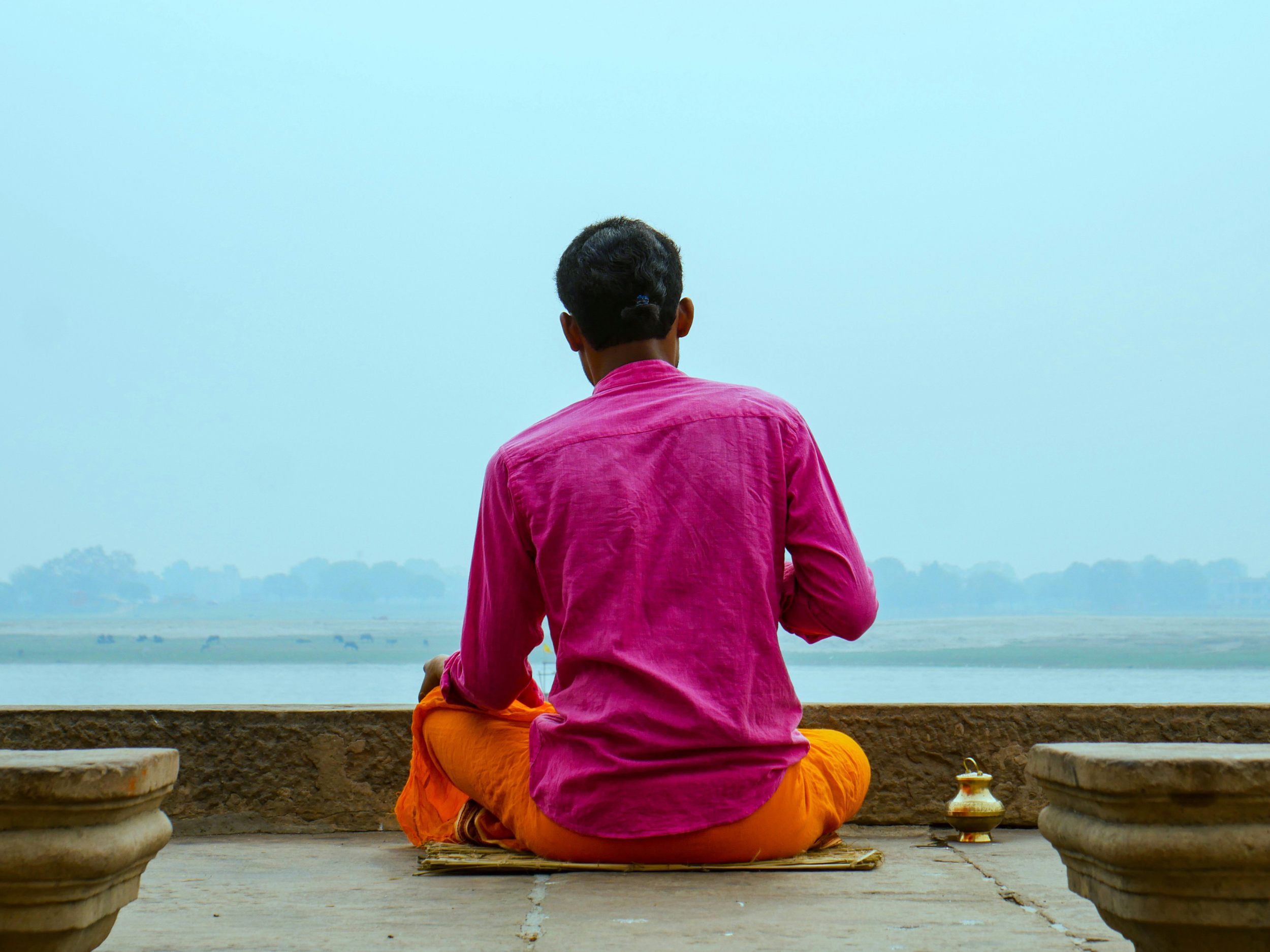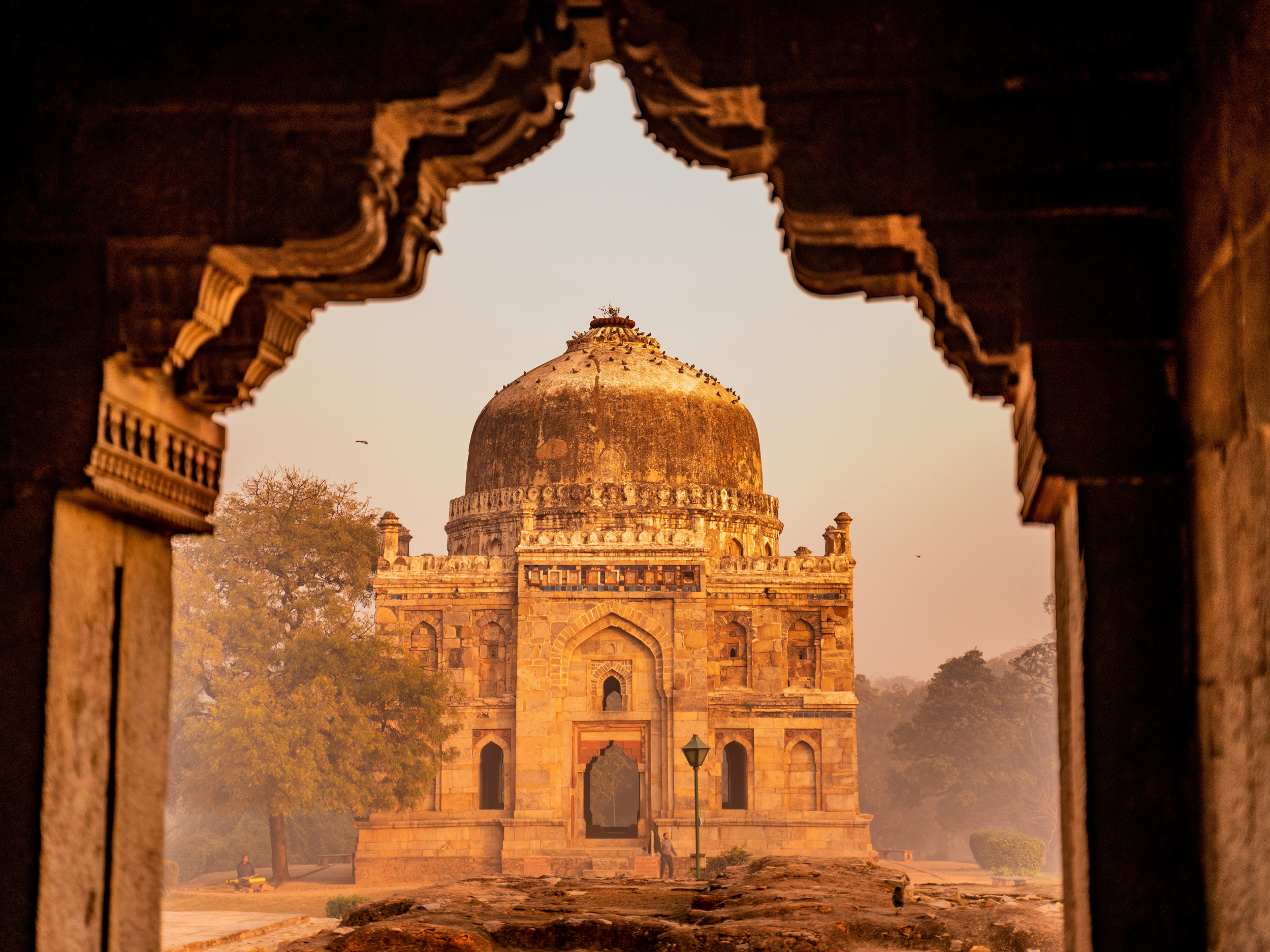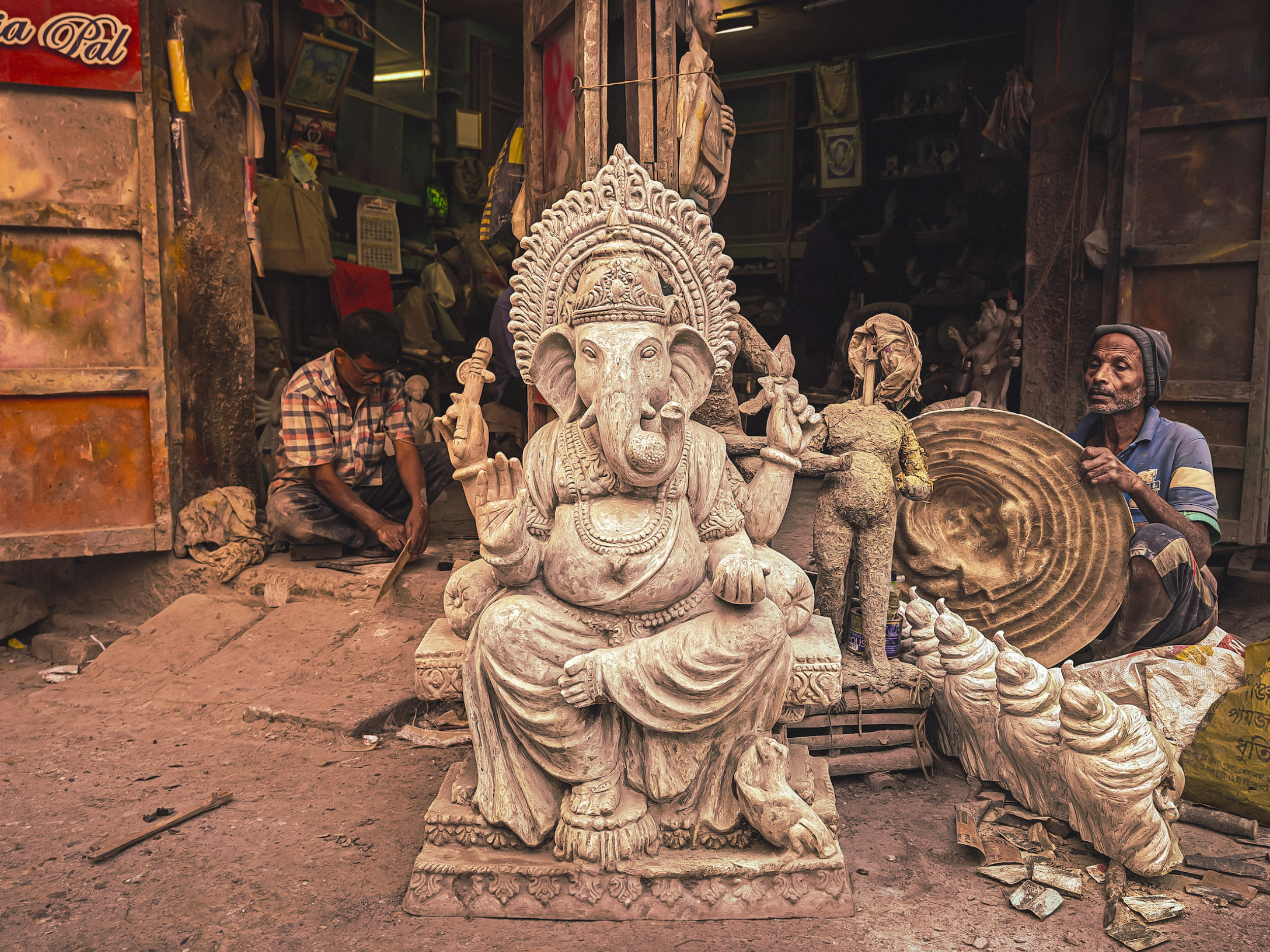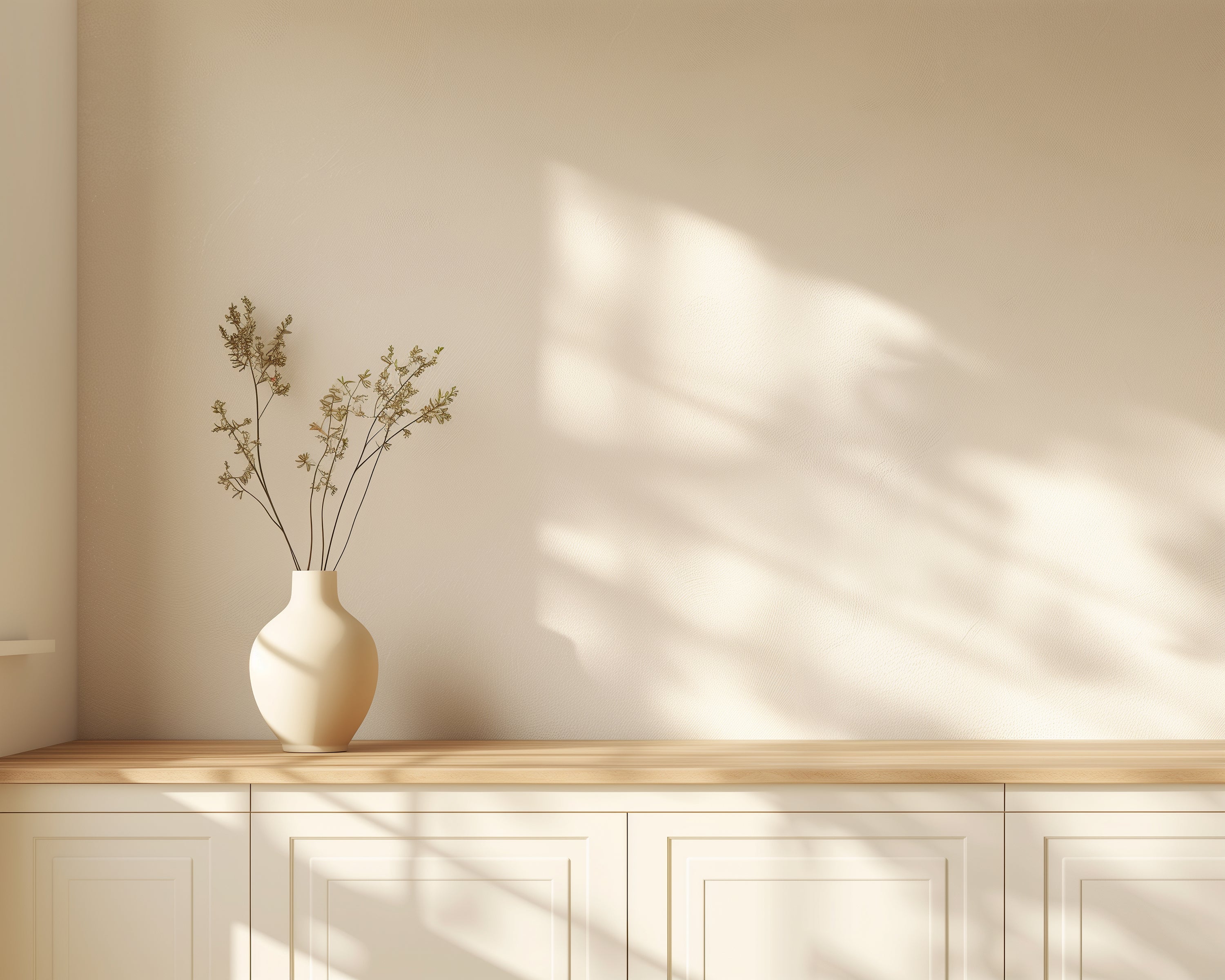
Ancestral Art as Visual Memory: Preserving Cultural Stories Through Image and Craft
Introduction
A shard of pottery sits on my desk, clay the color of late-autumn soil. I found it years ago beside a river in Oaxaca, or maybe it found me. Hard to say. The surface holds faint glyphs, worn thin by water, yet still whispering. Every time I turn it over, a small ache rises: Who shaped this curve? Whose stories rode in the bowl before it cracked? Such quiet objects teach that memory can lodge in color, line, and fracture. Ancestral art is not decoration. It is a pulse, steady inside stone and feather. It keeps watch when human tongues forget.
Stories Carried by Form
Picture a Yup’ik mask carved from driftwood. The eyes are round, almost surprised, a seal’s whiskers carved where cheeks might be. Dancers once held such masks over their faces during mid-winter ceremonies, weaving hunters’ dreams with sea ice songs. That is indigenous visual storytelling at its most direct. The tale does not need pages. It glows in pigment and motion, lighting up the dark.
Across the Pacific, Australian bark paintings map fresh-water paths and sky roads. Concentric circles trace campsites; meandering lines trace journeys between them. Scholars speak of visual memory in art when they analyze these patterns, but those charts also keep grandparents’ camping spots alive in the minds of grandchildren yet unborn. Again, no library required. Just ochre, bark, and a hand steady enough to honor direction.
On another continent, Nazca weavers once set birds and guardians into cotton warp. Each figure sits within a grid, repeating and repeating (but never quite the same). That repetition functions like breath, gentle and sure, pulling cultural memory through art across centuries. Tug at one crimson thread, and the whole design hums with travel stories, courtship jokes, warnings about drought.
Motifs, Materials, Rituals
Symbols do heavy lifting. A spiral carved into Ashanti gold weight hints at eternity. A row of fish etched along Haida cedar says plenty about salmon runs, but also about generosity: take only what you can carry home. These marks become sacred ancestral symbols, tiny signposts planted for future walkers.
Yet symbols alone do not hold everything. Material carries weight too. Cypress soaked in cedar smoke lasts longer than gossip. Bone beads absorb body heat and pass it forward. In Māori carving, pāua shell inlay flashes teal when firelight strikes it at night, guiding dancers’ steps. Such craft choices fold ancestral symbolism into daily use, letting lineage ride inside spoons and rafters.
Ritual performs a final stitch. Before painting a Pueblo pottery jar, an artist might whisper four breath prayers into the wet clay, one for each direction. Those breaths—no louder than a moth’s wings—turn utilitarian ware into ancestral heritage art. The jar may travel, break, scatter. Still the whispered prayers stay lodged between clay particles, waiting for anyone sensitive enough to feel them.
Renewal and Re-imagining
Fast forward. Neon lights glare, and cell phones chirp. Yet memory keeps waking up in new skins. A Diné graffiti artist sprays turquoise constellations across a city overpass, re-mapping Hogan star stories so commuters can look up from traffic jams and remember Milky Way migration. That is ancestral art as visual archive updated for asphalt.
Another example: a Sámi digital artist programs an augmented-reality app. Point your camera at a blank snowy field, and reindeer silhouettes shimmer across your screen, moving in traditional herding patterns that climate change now disrupts. Technology extends intergenerational storytelling art past physical pigment, but the heartbeat stays old.
Then there is the Chilean ceramicist who presses her grandmother’s fingerprint into every plate she throws. One thumbprint, then another, circling rim to center. Dinner guests lift their forks and notice swirls beneath glaze—soft ridges, valleys. They ask about them. She tells stories of a woman who sang while gathering clay. Conversation blooms, and memory and indigenous art become dinner companions.
Artists like these refuse nostalgia’s trap. They do not freeze ancestors under glass. They invite them to dance again—sometimes awkwardly, sometimes with surprising humor. The past steps forward, tries on new colors, borrows a hip-hop beat, still recognizable because the under-pattern stays faithful.
Closing Reflection
Hold the pottery shard again. Feel its uneven edge against your palm. You may never decipher the glyphs, yet something in you knows they mattered. That knowing is small, but it sparks. Multiply that spark by villages, nations, generations, and you get a bonfire bright enough to light the present.
Ancestral art teaches patience. Lines carved into stone thousands of years ago waited for your gaze today, and they will keep waiting after you leave. When you walk away, try carrying one symbol in your pocket—maybe a spiral, maybe a tiny fish. Touch it when you feel unmoored. Let it remind you that stories run deeper than any single life. Image and craft hold doors open between then and now. Step through, unhurried. Listen. And if a fragment finds you beside a river one day, turn it over and whisper back.



